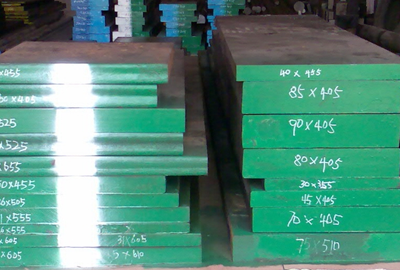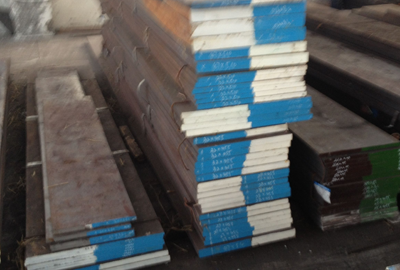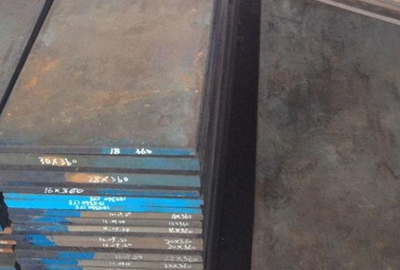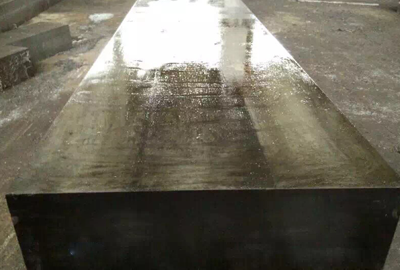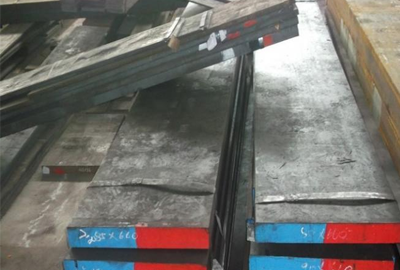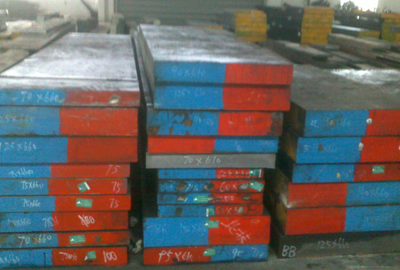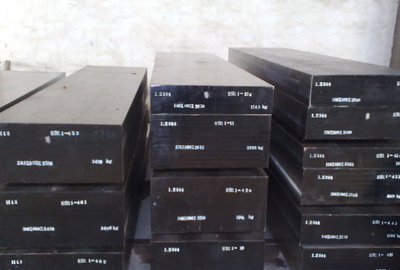Mat.No. 1.2662, DIN X30WCrCoV9-3
Short Description:
Designation by Standards Mat. No. DIN EN AISI 1.2662 X30WCrCoV9-3 - - Chemical Composition (in weight %) C Si Mn Cr Mo Ni V W Others 0.30 0.23 0.30 2.35 - 0.25 8.50 - Co: 2.05 Description Hot work, tungsten-chromium-cobalt type tool steel that exhibits excellent wear and resistance to softening at elevated temperatures. Applications Dies, mandrels, punchers, pressing and forging dies. Physical properties (avarage values) at ambient temperature Modulus of elasticity [103 x N/...
Product Detail
FAQ
Product Tags
Designation by Standards
| Mat. No. | DIN | EN | AISI |
| 1.2662 | X30WCrCoV9-3 | - | - |
Chemical Composition (in weight %)
| C | Si | Mn | Cr | Mo | Ni | V | W | Others |
| 0.30 | 0.23 | 0.30 | 2.35 | - | 0.25 | 8.50 | - | Co: 2.05 |
Description
Hot work, tungsten-chromium-cobalt type tool steel that exhibits excellent wear and resistance to softening at elevated temperatures.
Applications
Dies, mandrels, punchers, pressing and forging dies.
Physical properties (avarage values) at ambient temperature
Modulus of elasticity [103 x N/mm2]: 210
Density [g/cm3]: 7.80
Soft Annealing
Heat to 820-840oC, cool slowly in furnace, 4-6 hours. This will produce a maximum Brinell hardness of 240.
Stress Relieving
Stress relieving to remove machining stresses should be carried out by heating to 650oC, holding for 1-2 hours at heat, followed by air cooling. This operation is performed to reduce distortion during heat treatment.
Hardening
Harden from a temperature of 1130-1180oC followed by oil, air quenching or warm bath quenching approx. 500oC. Hardness after quenching is about 52 HRC.
Tempering
Tempering temperature: 570-700oC, at least 2-3x.
Tempering Temperature (oC) vs. Hardness (HRC)
| 400oC | 450oC | 500oC | 550oC | 600oC | 650oC | 650oC |
| 51 | 51 | 51.7 | 52 | 52 | 48 | 38 |
Tempering Diagram

Click the image to enlarge the diagram.
Forging
Hot forming temperature: 1100-900oC.
Machinability
No data.
Forms manufactured: Please see the Dimensional Sales Program.
Disclaimer
The information and data presented herein are typical or average values and are not a guarantee of maximum or minimum values. Applications specifically suggested for material described herein are made solely for the purpose of illustration to enable the reader to make his own evaluation and are not intended as warranties, either express or implied, of fitness for these or other puposes. There is no representation that the recipient of this literature will receive updated editions as the become available.
FAQ Content
![[0{7)7UAZ(]4W{5TSMC65Q7](https://www.htsteelmill.com/uploads/077UAZ4W5TSMC65Q7.png)
